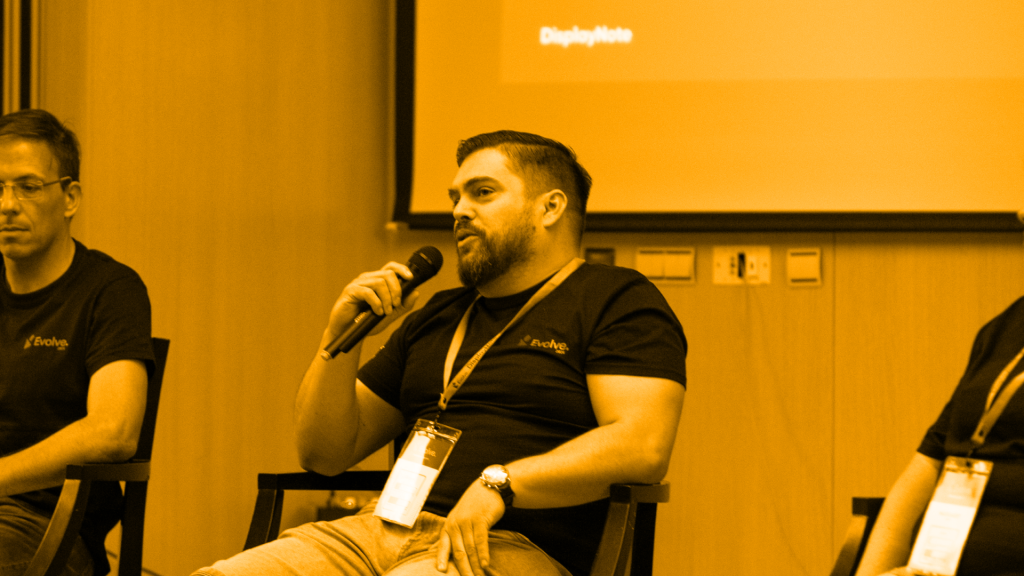
“No, I don’t want to attend your meeting.”
Throughout my career, there have been countless times when I’ve wanted to respond to meeting requests.

“No, I don’t want to attend your meeting”.
But this would have come across as rude, or selfish, or that I wasn’t a team player or lacked commitment to the company.
Don’t get me wrong – I didn’t dislike all meetings. In fact, a lot of the time, they were necessary and helped with my work.But let me explain the reasons why I may not have wanted to come to your meeting.

1. They last too long
I would receive these diary requests in my calendar for meetings, which would last anything between 30 minutes to up to 4 hours long! But they’d always be at least 30 minutes. This is due to the stubborn scheduler encouraging people to put in meeting requests in 30-minute slots. I disliked this because if someone wanted to arrange a meeting, they thought it would take 20 minutes, put it in for 30 minutes, and somehow stretch the meeting to make it last 30 minutes. It’s no one’s fault – it’s just the weird way in which our brains are programmed, and it’s preconditioned because the calendar says so.
Then we have the fact that it rarely started on time, stayed on track, or finished on time. Not to mention restarting the meeting altogether when someone came in late.
However, the worst of all was when someone was dialing in via teleconference, and we all ended up in a game of conference call bingo – you know what I mean…
2. Do I belong in this meeting?
Another pet peeve of mine was receiving a meeting request entitled something extensive, like “Marketing Campaign,” and no agenda or talking points attached. I would go into these meetings with my notepad and pen (old school), totally unprepared, and deep down knowing that this meeting will overrun already! If there’s no agenda, there’s no way to stay on track on topics, and it’s just going to go awry.
Another scenario is where I would sit through one of these extensive, unorganized meetings, and in the end, realize there was no point in me being there at all. Maybe it was centered around a project I wasn’t involved in. Or perhaps other colleagues dominated the discussion, so I didn’t get a word in edgeways. Or worse still, the organizer of the meeting talks the whole time and actually isn’t interested in feedback or suggestions from other members of staff (an email would’ve sufficed!) – whatever the reason, I always came out of these meetings feeling agitated and like I’d just wasted a lot of time.
3. Nothing is accomplished
Often, the first 10 or 15 minutes of a meeting is idle chit chat, housekeeping details, or catching up on the last meeting. Add another 10 minutes to this if it’s the first thing on a Monday morning and the questions around how everyone’s weekend was prioritized. People need to get their coffee because they cannot function this early in the morning without it.
Half an hour later (if you’re lucky), you might get down to business. A survey (albeit a relatively old one) revealed the number one reason why employees hate meetings: they repeatedly hear the same things. But I can relate to this. It often felt like nothing had been accomplished since the last meeting – why are we still talking about the same things? Why were no action points noted at the end of the previous meeting?
4. Your meetings are boring
I’m sorry, I know it sounds harsh, but there really is no other way to describe it. Those meetings where the host wants to talk at you for an hour, talk through a 50 slide presentation deck without asking any questions, or engaging me in any way, were the worst. I was bored. I switched it off. I wondered why I was even there. I doodled. I started thinking about what I was going to make for dinner that night.
Research shows that 9 out of 10 people admit to daydreaming in meetings, so I’m not the only one! Meetings where there are goals, there’s a discussion, there’s more than one person presenting content – those are the meetings I am engaged in.
5. Cable roulette
I’ve saved the best til last. And by best, I mean worst—the inevitable cable roulette. Without a doubt, the cable I would need for my laptop was the last one I would pick up. VGA, USB, Mini HDMI – nope nope nope. Where is the HDMI cable? It’s gone walkabouts. Probably into one of the other meeting rooms, or perhaps into someone’s travel bag!
This links back to the first issue – meetings take too long. A good 5-10 minutes can be wasted looking for the right cable. And then someone else wants to share information from their device. The best-case scenario passed the cable from one person to another, possibly a bit of seat shifting. Worst case scenario, they needed a different cable for their device, and it’s cable roulette all over again!
Final thoughts
Wow, I just read that back, and I sound like a right grouch. But it’s baffling to me that companies are still carrying out meetings as they did 20 years ago in this day and age. I know a lot of the time, meetings are essential, but the way they are run is not productive.
However, there are a few simple things that we can do to make meetings better. Setting an agenda before a meeting is a must, and so is only inviting relevant people into a meeting. But these are simply common sense. There should also be a company culture of being able to say no. “No, I don’t want to attend this meeting because the project you’re discussing isn’t directly involving me.”
Good technology is another thing that is crucial to run better meetings. Implementing a wireless presentation solution, for example, allows anyone to walk into a meeting room and wirelessly connect any device to the main screen. No more wasting 20 minutes of the meeting, just setting up.
Remote employees can also connect to meeting sessions, contribute, and also communicate via video conferencing capabilities. This allows for two-way communication, boosting the feeling that they are right there too – right in the thick of it. Real-time annotations and feedback help decisions to be made faster and sent during the meeting – not after. This eliminates the need for paper-based notes that are emailed around a couple of days after the meeting. Everyone is more likely to leave the meeting with a clear action list.
This type of technology boosts engagement and interaction during meetings. And reduces the day-dreaming! Great ideas are made. Progress is made. Decisions are made.
With wireless presentation solutions, there are no more unproductive meetings. No more conference call bingo.
And absolutely no more cable roulette.
Discover the benefits of wireless presentation with DisplayNote Montage
Want to stay in the loop?
Keep up-to-date with everything DisplayNote – including new releases, job openings, and customer giveaways.
Don’t worry, we’ll not spam you and we’ll never share your email with anyone






